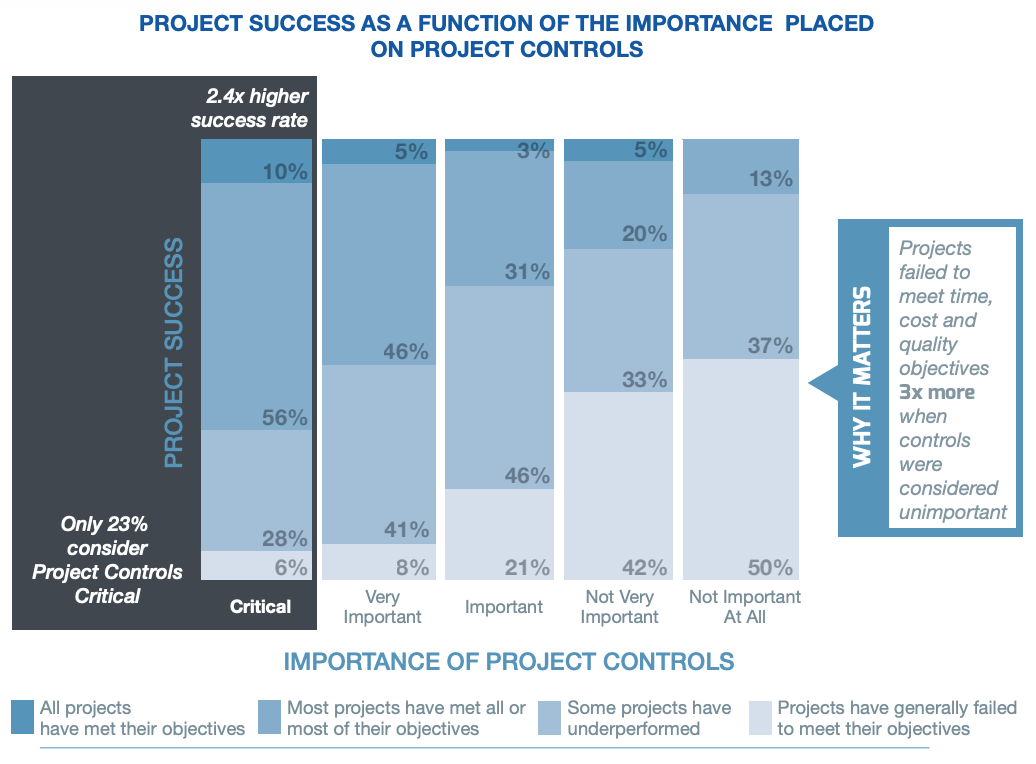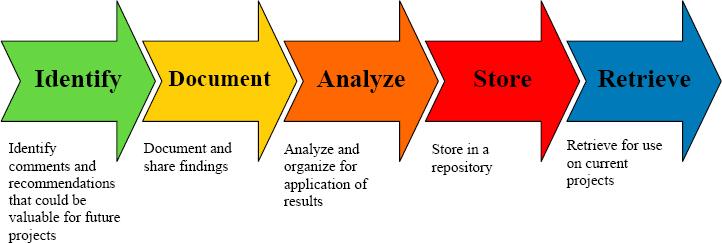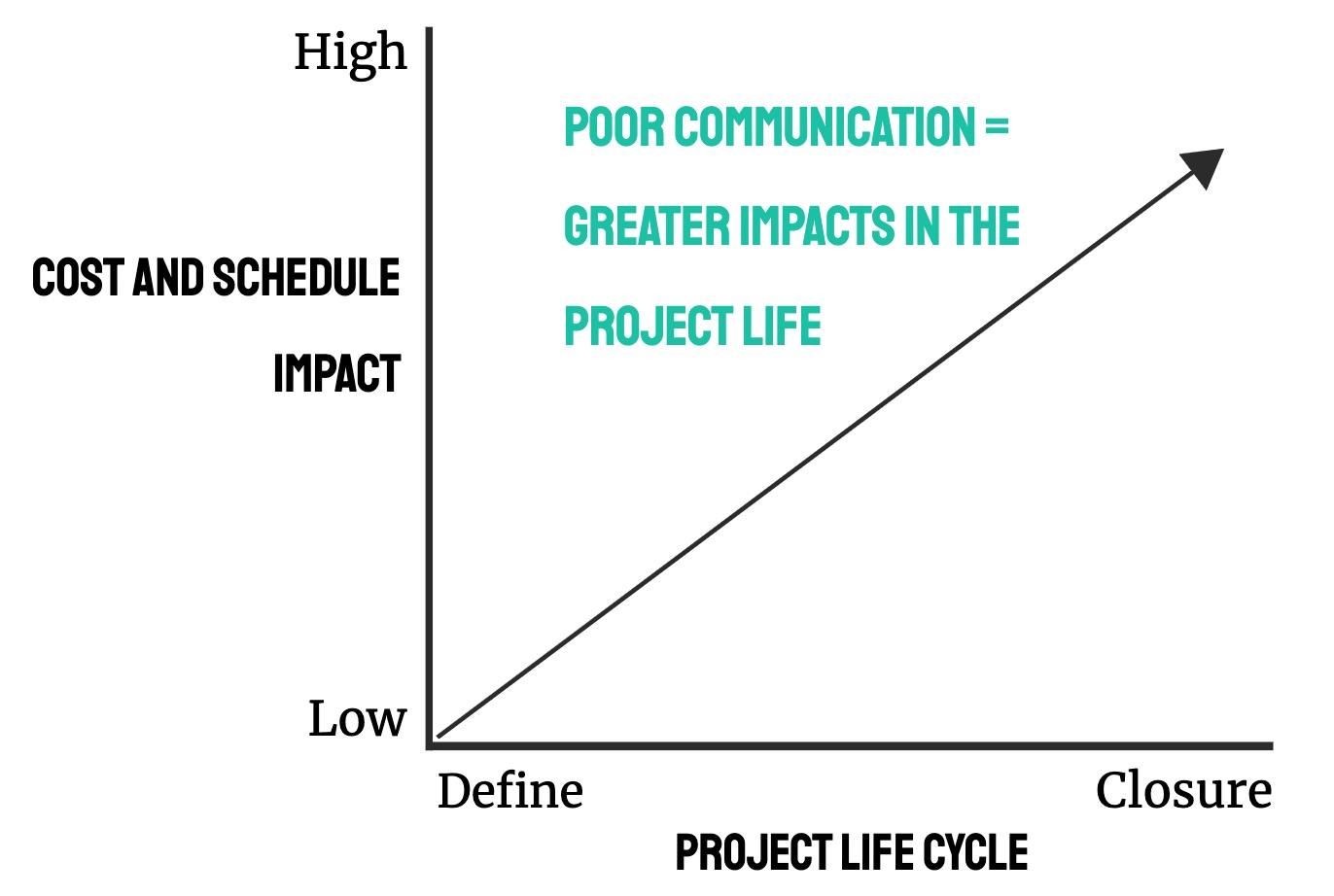Role of Project Manager in Software Development
Project management is increasingly crucial in the delivery process, and the role of a Project Manager evolves. Delivering software projects is becoming more challenging. Organizations aim to swiftly adapt to rapidly changing environments and achieve their goals while also controlling project costs and timelines.
According to PMI Pulse of the Professions ® 2018, there is a prediction based on the interviews and research that the role of project manager will expand and include also being: a strategic advisor, innovator, communicator, big thinker, and versatile manager.
Understanding Project Management in Software Development – part 2
This article is part 2 in a series about project management methodologies, roles in a project team, and efficient models do deliver software projects. The key result is to maximize the success of software delivery thanks to proper leadership and communication techniques facilitated by Project Managers in project teams.
← Project Management Methodologies: What Are They and When to Use Them
Who is the Project Manager?
1. The Project Manager is akin to a conductor of an orchestra, ensuring that the team works in harmony to deliver a great outcome. Just as a conductor leads a team of talented musicians, setting the rhythm for the entire group, the Project Manager guides the project team to communicate effectively, ensuring that the final product delivers a fantastic experience akin to a concert audience. Each team member, like a musician, is an expert in their field, equipped with the necessary tools and knowledge. However, in a group of many experts, such as an orchestra, there needs to be a leader who oversees communication and the achievement of desired results.

2. The Project Manager can also be compared to a football coach, leading a team of experts who work together to achieve a common goal. Just as players in football, software engineers play a crucial role in crafting the project. However, a team cannot thrive without proper training, strategy, planning, and managing risks and issues. This is why the presence of a coach and a supporting crew is essential.

The project Manager leads the work of the software project team, which usually includes roles such as developers, testers, business analysts, and product designers.
Project Manager is …
As a football coach – acts immediately if any risk or issue occurs during the delivery.
As a conductor for an orchestra – help the team to work together.
Project Managers Live in a Changing Environment
Ernest Shackleton embarked on his expedition in 1914 with a crew of 27, aiming to traverse Antarctica from sea to sea. However, the expedition never reached its intended goal. Due to challenging conditions, their ship, Endurance, was destroyed, and the crew had to focus on rescue and safe return. This is a tale of a project that didn’t achieve its original objective due to unforeseen circumstances, yet, remarkably, the entire crew returned home safely, a testament to exceptional leadership. Sir Shackleton’s story can inspire project leaders who operate in a dynamic world and must quickly adapt to new situations. He demonstrated that commitment and the ability to adapt swiftly are hallmarks of great leadership. He remained close to his crew, listened attentively to their inputs, and transformed these into a strategic action plan that ultimately ensured their survival.
“He knew that each day, his presence had huge impact on the men’s mindsets. He managed his own emotional intelligence — to use a modern term — to keep his own courage and confidence high; when these flagged, he never let his men know.”
Responsibilities of the Project Manager
Let’s focus on the PM’s responsibilities in the software project development lifecycle. They are aligned within three main phases of the delivery:
Initial Engagement and Planning
-
At the very beginning of a project, the Project Manager supports the Business Analyst in defining the project goal and scope, while during project execution will ensure that the scope is aligned with the Client’s goal at every stage of the project.
-
Furthermore, the Project Manager allocates the project team and provides initial documentation for the project e.g. Project Charter.
-
The project plan (including dependencies) is created and managed by the PM, so clients will be able to verify delivery progress at every stage.
-
Develop a communication plan for the project to ensure that the Client will receive all the necessary updates about project’s progress.
-
Supports sprint planning sessions and ensures that tasks are correctly estimated.
Project initiation and planning is a crucial step in the delivery lifecycle. Looking at the PwC survey results (Insights and Trends: Current Portfolio, Program, and Project Management Practices. The third global survey on the current state of project management, PwC, 2012) it’s highlighted that “poor estimates” are the most important factor that contributes to poor performance. Also in the top-rated factors are poorly defined goals/objectives and changes in scope.

Source: PwC.com.tr
Project Execution
Project Manager acts as a point of contact for the Client as well as a leader for the delivery team. This requires great communication skills and stakeholder management knowledge to ensure that communication in a project will be transparent, smooth, and effective.
The execution of a project adheres to the methodology agreed upon with the Client, which means that the Project Manager takes on the roles of both mentor and coach for the team, while also supporting delivery ceremonies such as daily stand-ups, retrospectives, and refinements in the scrum methodology. In scrum, a key ceremony is the retrospective, held at the end of each sprint. The entire project team is invited, and the Project Manager facilitates the meeting. The purpose of the retrospective is to foster continuous improvement in project execution by identifying what worked well and what didn’t. This practice is an integral part of knowledge management and contributes to building a learning environment where the team can enhance its performance with each sprint. A critical element of project management, and the Project Manager’s role, is to ensure that the project is not hindered by unexpected situations. If such situations arise, it’s the Project Manager’s responsibility to manage them effectively. This demands a robust risk management plan and the ability to quickly adapt to new challenges and changes.
Need to deliver software project? Contact us!
Ongoing Control of the Project Development Cycles
According to the “2018 Project Controls Survey Report” conducted by Logikal Project Intelligence, less than 2% of respondents believe that project control is “not important at all”, while as we can see on the chart below – those you perceive project control as critical have a higher success rate in their projects.

Source: LogicalProjects.com
The article “Why Your IT Project May Be Riskier Than You Think” published at Harvard Business Review highlights the problems with overrunning project constraints:
“The average overrun was 27%—but that figure masks a far more alarming one. Graphing the projects’ budget overruns reveals a “fat tail”—a large number of gigantic overages. Fully one in six of the projects we studied was a black swan, with a cost overrun of 200%, on average, and a schedule overrun of almost 70%. This highlights the true pitfall of IT change initiatives: It’s not that they’re particularly prone to high cost overruns on average, as management consultants and academic studies have previously suggested. It’s that an unusually large proportion of them incur massive overages—that is, there are a disproportionate number of black swans. By focusing on averages instead of the more damaging outliers, most managers and consultants have been missing the real problem.”
It’s a crucial part of the Project Manager’s role to control and monitor project progress and when any deviations from the plan happen the PM should act on it.
Tools and Techniques Used by the Project Manager to Minimise Risks in Software Development
There are different tools and techniques that the Project Manager can use to increase control over the project:
1. Metrics.
Burndown Charts, Cumulative Flow Diagram that controls scope delivery over time; Backlog Readiness to keep track of backlog status; testing reports including the amount of raised bugs with their severity and many others that each PM may define for their projects.
2. Evaluating organizational structure and elements.
As part of scope management, the Project Manager may use a Change Request Log and with Business Analyst support track new requirements in a project.
3. Scope management.
It is about monitoring changes in backlog and backlog readiness. The project manager ensures that all the artifacts in the backlog are aligned with business goals and will deliver value to end-users. This requires customer collaboration with project teams.
4. Budget.
PM is responsible for monitoring the project budget and in case of first sight of under or overspent informing project stakeholders. With the usage of project management tools and metrics, this process can be automated and the PM may control the budget on a daily basis, which will prevent unexpected and late informed issues. Staying within a budget influences a lot of customer satisfaction.
5. Roadmap and milestones.
The task is to update and control the project roadmap and milestones. Project Managers should discuss project timelines with the team members, product owner, and stakeholders, to ensure that everyone is on the same page. Moreover, dependencies that impact delivery should be tracked in the plan.
6. Control checklists.
In agile project management techniques, there are established checklists like the Definition of Done and the Definition of Ready. However, Project Managers can also introduce other types of checklists, such as production release checklists or testing checklists, to streamline various processes. It’s important to recognize that adhering strictly to a single methodology isn’t always necessary. Project development can be accelerated by incorporating the best practices from opposing or complementary methodologies. The crux of this approach lies in understanding the client’s work style and culture. By analyzing the characteristics, strengths, and weaknesses of each methodology, one can adapt and apply them wisely to suit the specific needs of a project. This flexible approach allows for a more tailored and effective project management strategy.
A Method to Learn from Software Projects for Continuous Improvement
An important part of each software project is to learn and improve the process of delivering future projects at the highest quality. After each project, agile Project Manager conducts Lessons Learned sessions to summarize what went well and what didn’t. It’s important to learn from each other in a team and knowledge management is a crucial part of improving project management.

Source: PMI.org
Such an approach reduces the satisfaction gap which comes from the difference between customer expectations and customer perception of our delivery service. Storing that knowledge in a company’s wiki helps to recall best practices and lessons learned from all previously delivered projects. That will lead to rapid application development in the future.
Core Skills of the Project Manager
Let’s summarize the five skills that lay the foundation of the attitude of every Project Manager in the software industry.
-
Sound judgment – Project Managers should be able to use their skills and knowledge according to the project and apply that to deliver business value.
-
Decision making – each day the PM needs to make decisions and communicate them. Hence Project Managers need to collect all the information and be able to make the right moves.
-
Problem-solving – each problem has a root cause, so Project Managers should work with team members together with a client’s representative to identify those root causes and solve problems. The ability to improve the way delivery teams work and learn from mistakes is an added value for every software project.
-
Communication – many studies show that communication is a crucial factor for project success. The graph below presents how poor communication affects the project’s cost and schedule. To prevent the impact of poor communication, each Project Manager should communicate clearly and effectively.

Source: PMI.org
-
Time management – delay in project delivery may have a massive impact on cost and Client commitments; hence Project Managers spend a significant amount of their time on controlling and managing schedules. PMs should also support their team members, for example, during the meetings. Even small delays when put together may have a significant impact on the time-to-market of the business behind a software project.
← Project Management Methodologies: What Are They and When to Use Them


